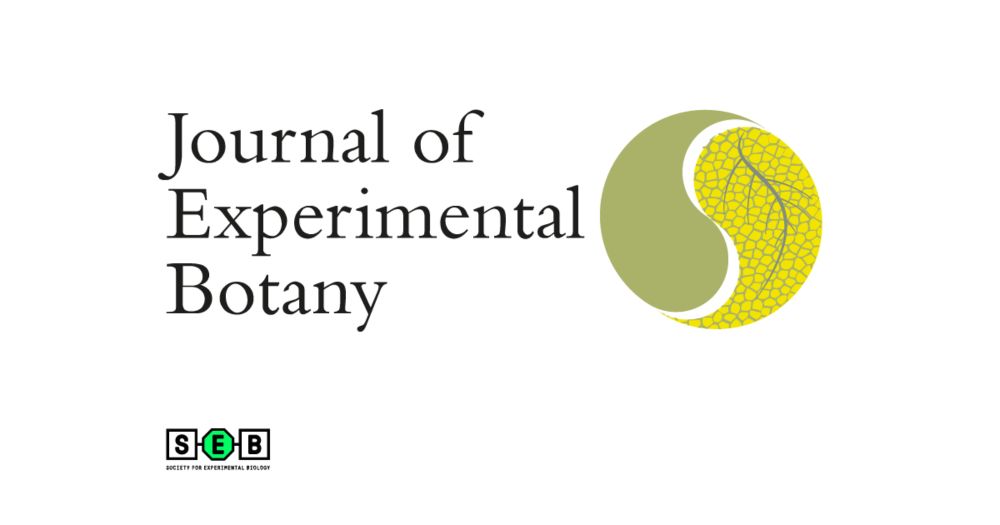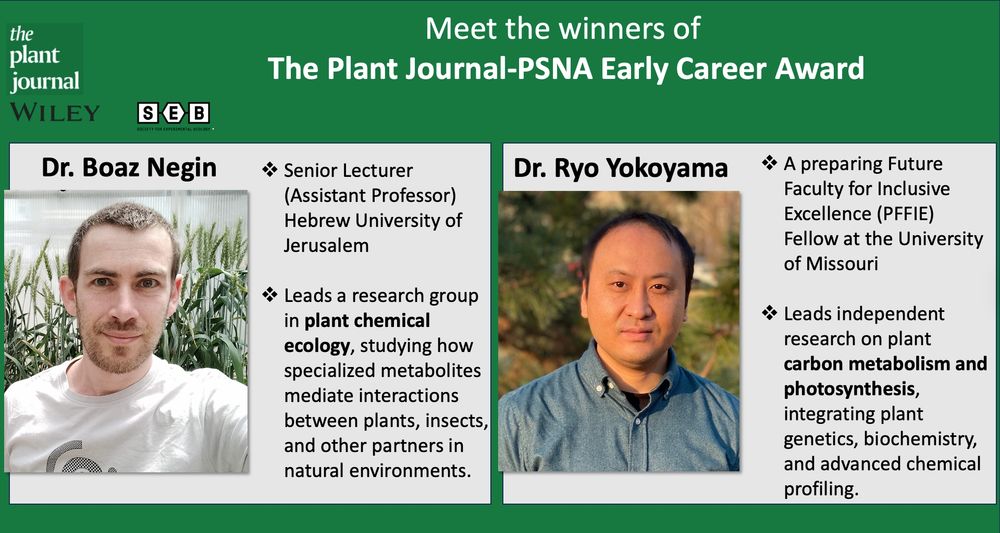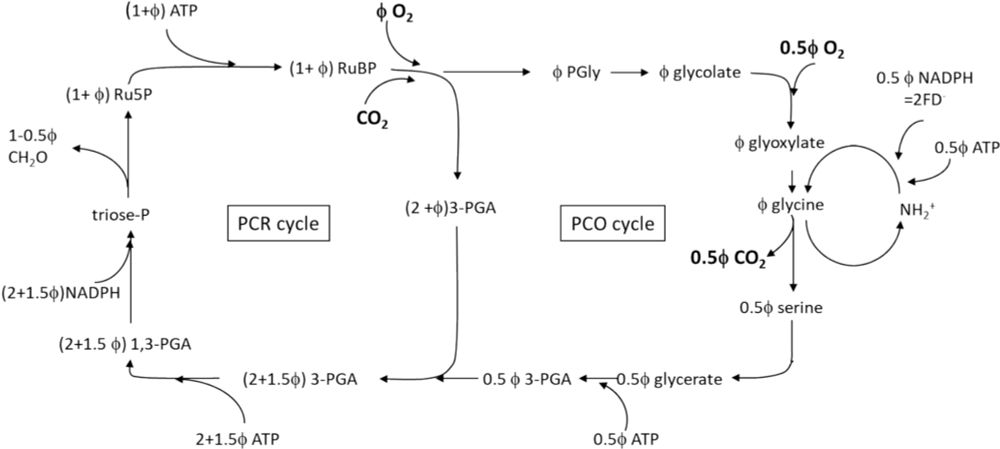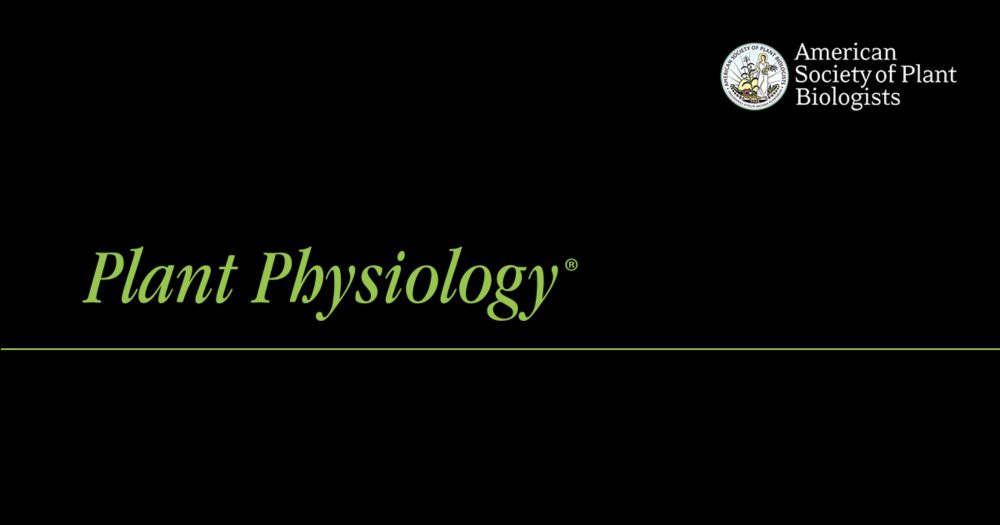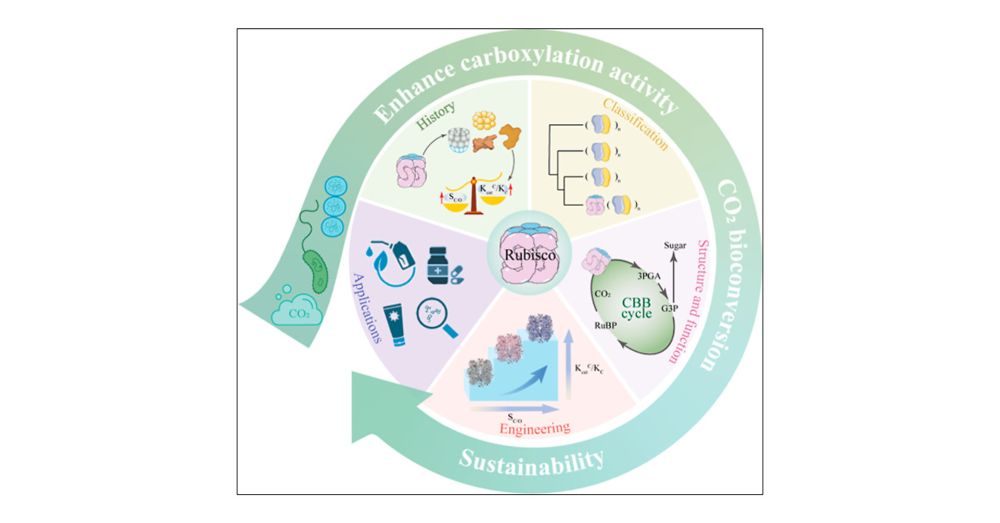Ryo Yokoyama
@yokoyama-ryo.bsky.social
760 followers
130 following
800 posts
University of Missouri / Photosynthesis, chloroplast, metabolomics / Kyoto🇯🇵⏩Madison, WI🇺🇸⏩MPI-Potsdam🇩🇪⏩Columbia, MO🇺🇸 / X(Twitter) @yokoyama_ryo
https://sites.google.com/view/ry-plant
Posts
Media
Videos
Starter Packs
Pinned



